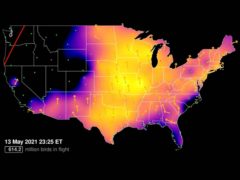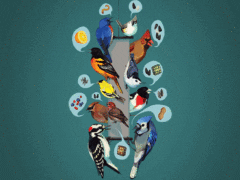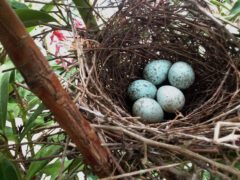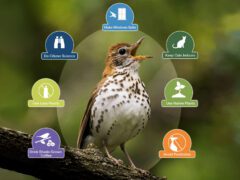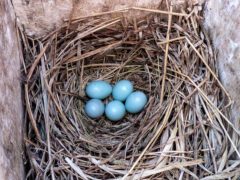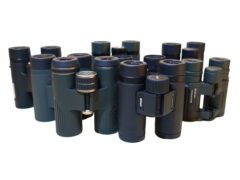Green Heron Similar Species Comparison
Main SpeciesGreen Heron
Adult
Small and stocky with a daggerlike bill and a thick neck that is often drawn into their body. Adults have a deep green back and crown, and a chestnut neck and breast.
© Brad Imhoff / Macaulay LibraryOhio, August 06, 2020Juvenile
Small, compact heron. Juveniles are browner overall, with pale streaking on the neck and spots on the wings. Note dark cap.
© Evan Lipton / Macaulay LibraryRhode Island, August 11, 2017Adult
Male gives a show-ch or ow-ch song during breeding season.
© Andrew Spencer / Macaulay LibraryTexas, April 25, 2021Adult
Look rather ungainly in flight, often partially uncrooking their necks to giving them a front-heavy appearance.
© Sean Sime / Macaulay LibraryNew York, July 25, 2017Adult
The center of their neck is streaked, but the streaking can be hard to see as they frequently have their necks tucked in or they are crouched over making it difficult to see the center of the neck.
© Steve Altman / Macaulay LibraryFlorida, December 24, 2016Juvenile
Usually hunts from shore rather than by wading like other herons. Juveniles have buffy spots and feather edging on the wings.
© Benjamin Clock / Macaulay LibraryNew York, September 09, 2011Adult
Generally appears all dark, except in good light when the feathers shine with an almost iridescent green color.
© Patricia Verbovszky / Macaulay LibraryPennsylvania, September 06, 2016Juvenile
Juveniles are browner overall with more streaking on the neck than adults.
© Ian Davies / Macaulay LibraryPetén, May 11, 2017Juvenile
Crouches on sticks, branches, or the waters edge patiently stalking small fish or amphibians.
© Melissa James / Macaulay LibraryFlorida, May 12, 2018Habitat
Found along swamps, marshes, lakes, ponds, impoundments, and other wet habitats with dense vegetation to provide cover.
© Nick Dorian / Macaulay LibraryFlorida, March 17, 2017Similar SpeciesLeast Bittern
Adult male
Least Bittern is smaller than Green Heron. Least Bittern has straw-colored wings and neck unlike Green Heron, which has greenish wings and a chestnut neck.
© Rey Clermont / Macaulay LibraryQuebec, June 16, 2012Similar SpeciesAmerican Bittern
Adult/immature
American Bittern is substantially larger and thicker-necked than Green Heron. American Bittern is more heavily streaked overall and lacks the Green Heron’s dark cap.
© Tim Lenz / Macaulay LibraryNew Jersey, October 11, 2009Similar SpeciesBlack-crowned Night Heron
Adult (American)
Adult Black-crowned Night Heron is pale below unlike the dark-bellied Green Heron.
© Jeff Timmons / Macaulay LibraryIndiana, July 23, 2017Similar SpeciesBlack-crowned Night Heron
Juvenile
Juvenile Black-crowned Night Heron lacks the chestnut-colored neck of Green Heron. The night heron also has a thicker bill than Green Heron.
© Evan Lipton / Macaulay LibraryMassachusetts, August 19, 2016Similar SpeciesYellow-crowned Night Heron
Adult
Adult Yellow-crowned Night Heron is larger with a thicker bill than Green Heron. The night heron also has a white stripe on its cheek that Green Heron doesn't have.
© Evan Lipton / Macaulay LibraryRhode Island, July 25, 2017Similar SpeciesYellow-crowned Night Heron
Juvenile
Juvenile Yellow-crowned Night-Heron lacks the Green Heron's chestnut tones and is more heavily streaked below and spotted above than Green Heron.
© Evan Lipton / Macaulay LibraryRhode Island, July 25, 2017Similar SpeciesLittle Blue Heron
Adult
Little Blue Heron is taller and more slender than Green Heron with a longer neck.
© Etienne Artigau🦩 / Macaulay LibraryFlorida, March 06, 2017Compare with Similar Species
Click on an image to compare
Species in This Family
Herons, Egrets, and Bitterns(Order: Pelecaniformes, Family: Ardeidae)
More to Read
Don't miss a thing! Join our email list
The Cornell Lab will send you updates about birds,
birding, and opportunities to help bird conservation.















